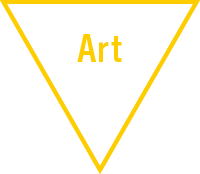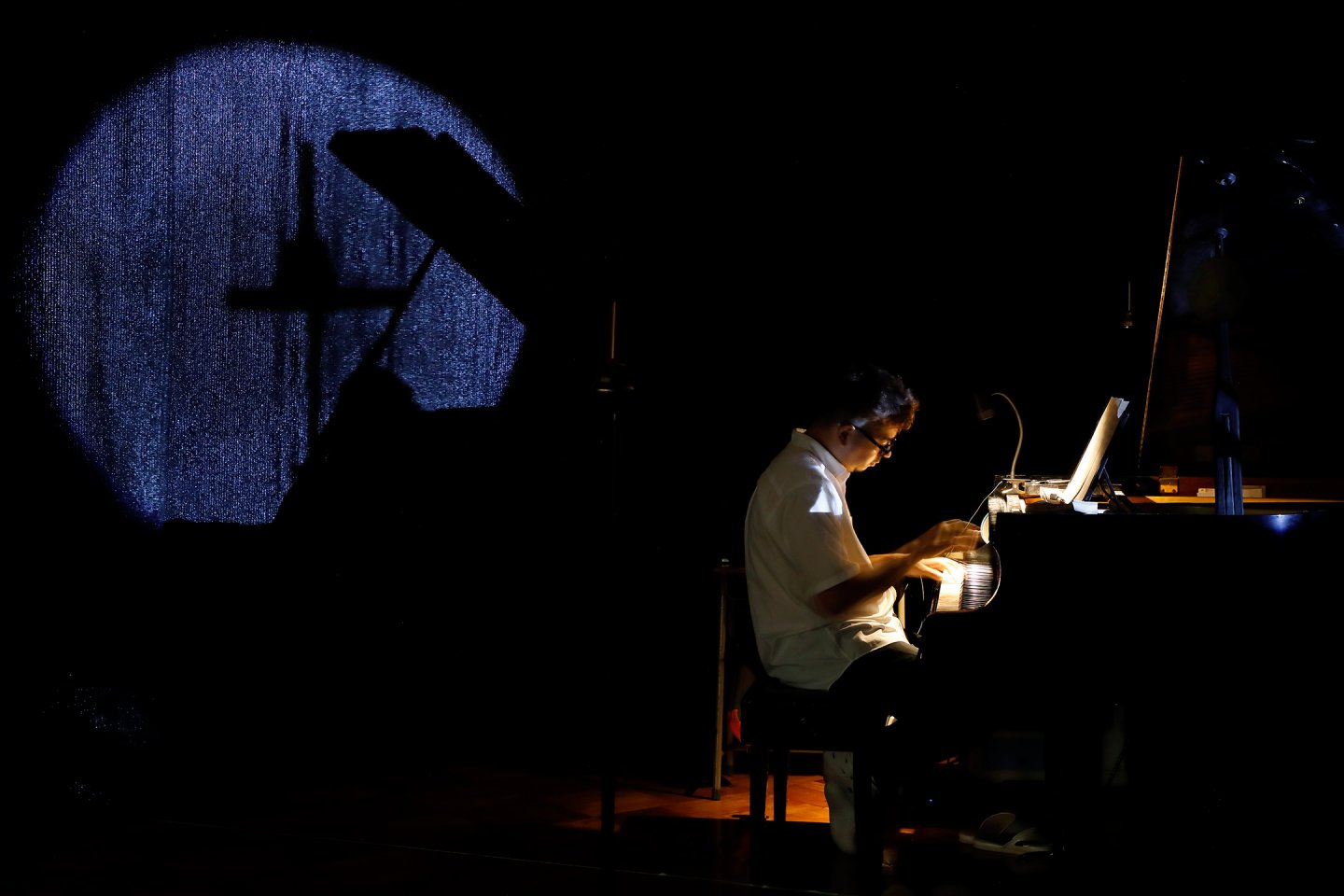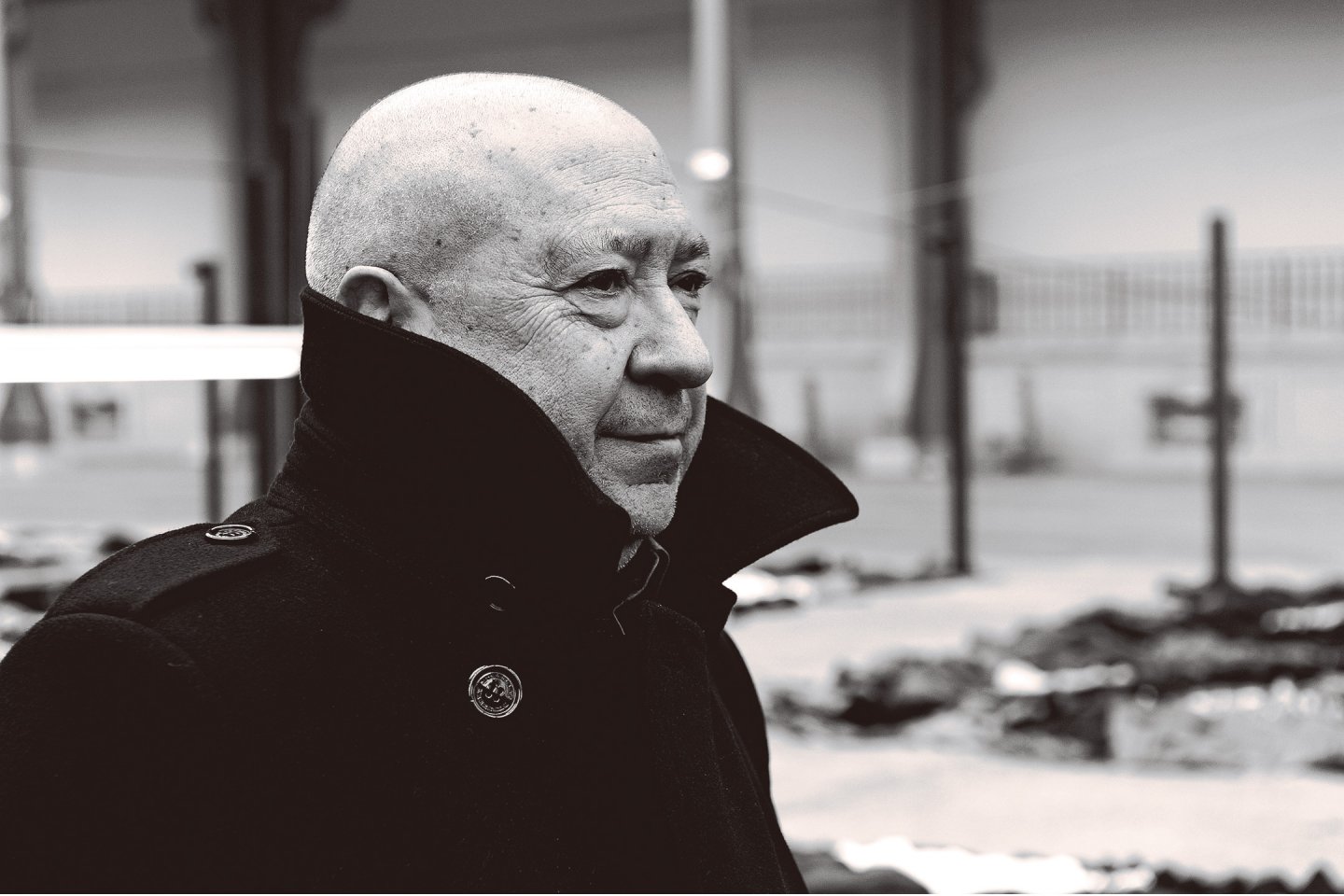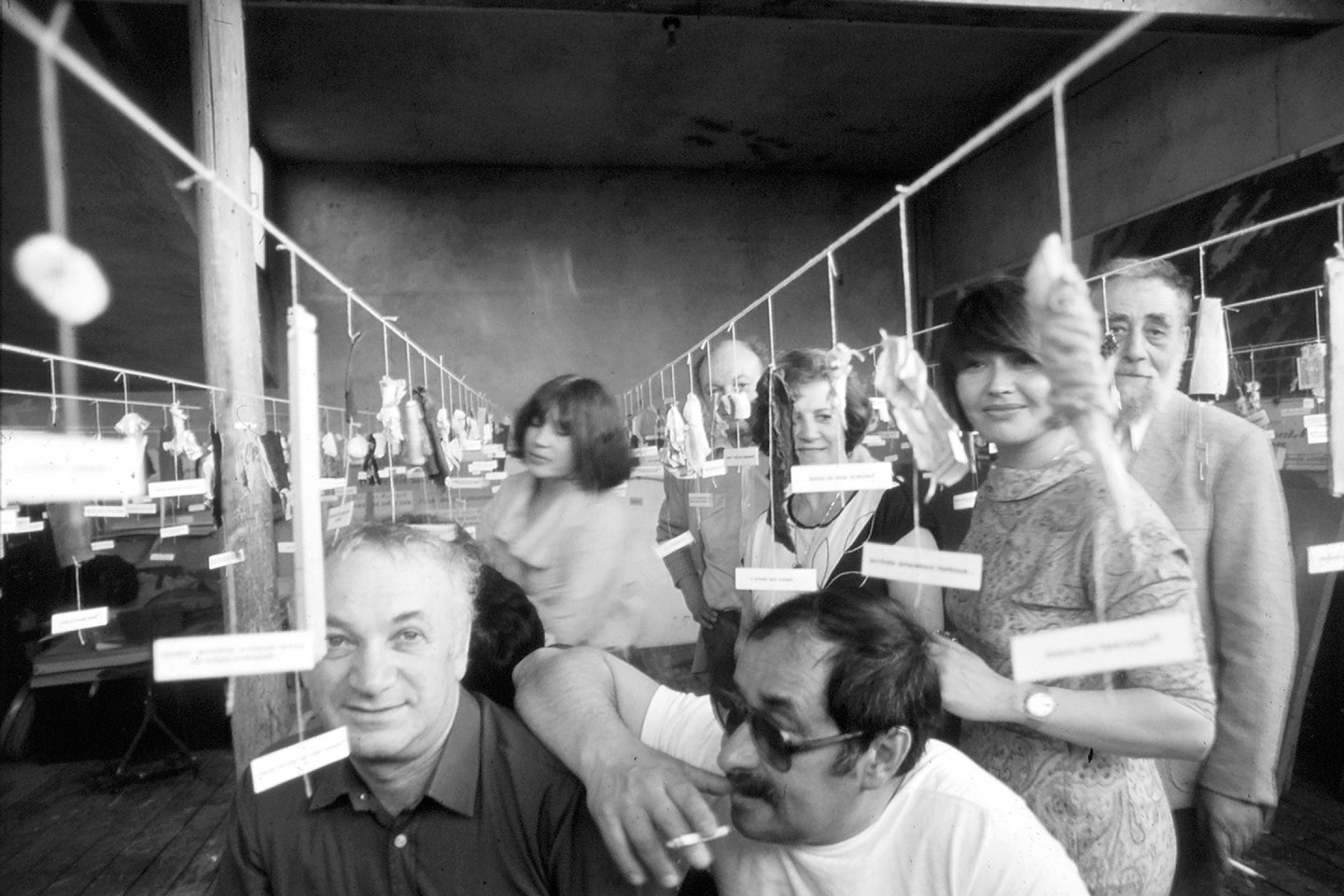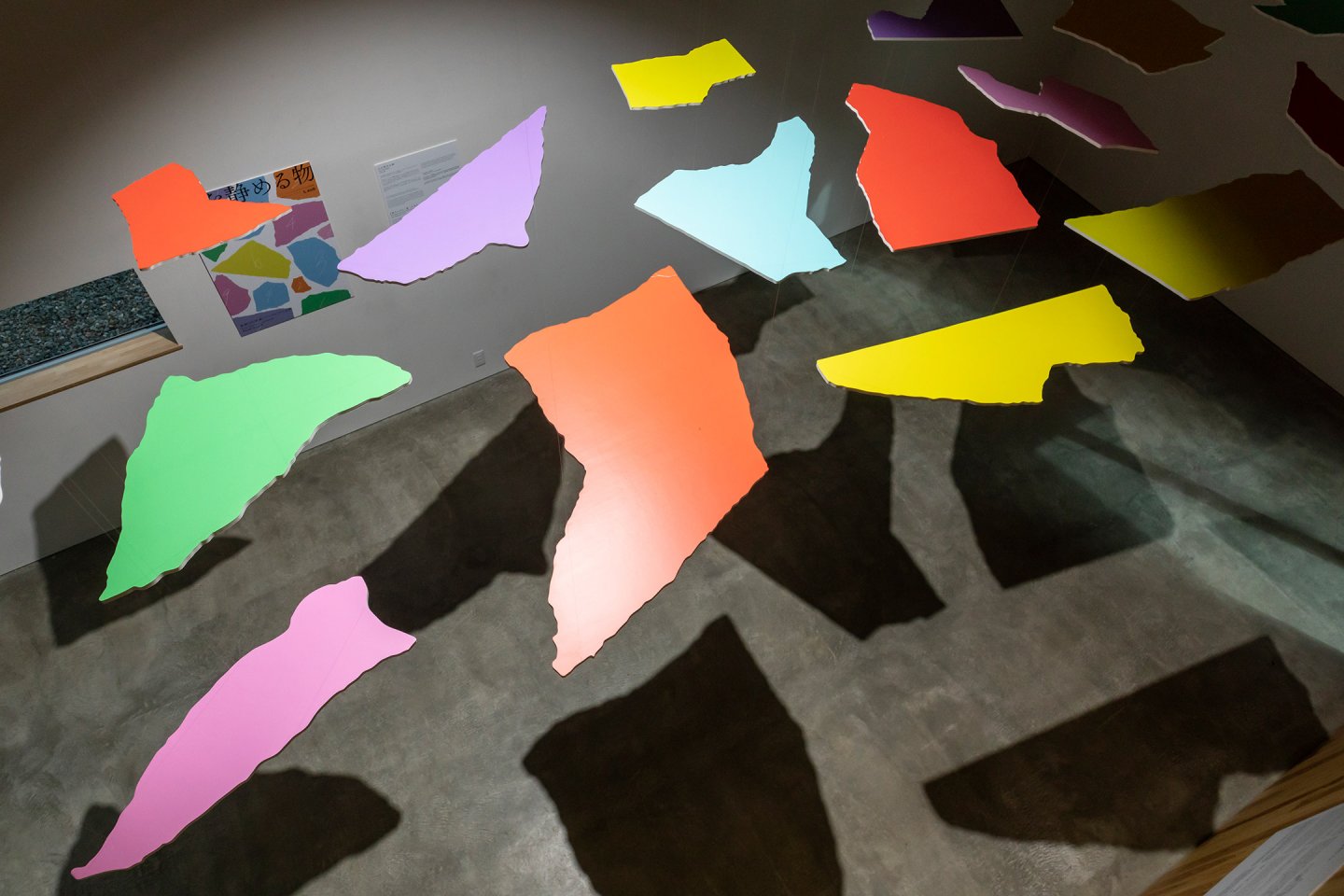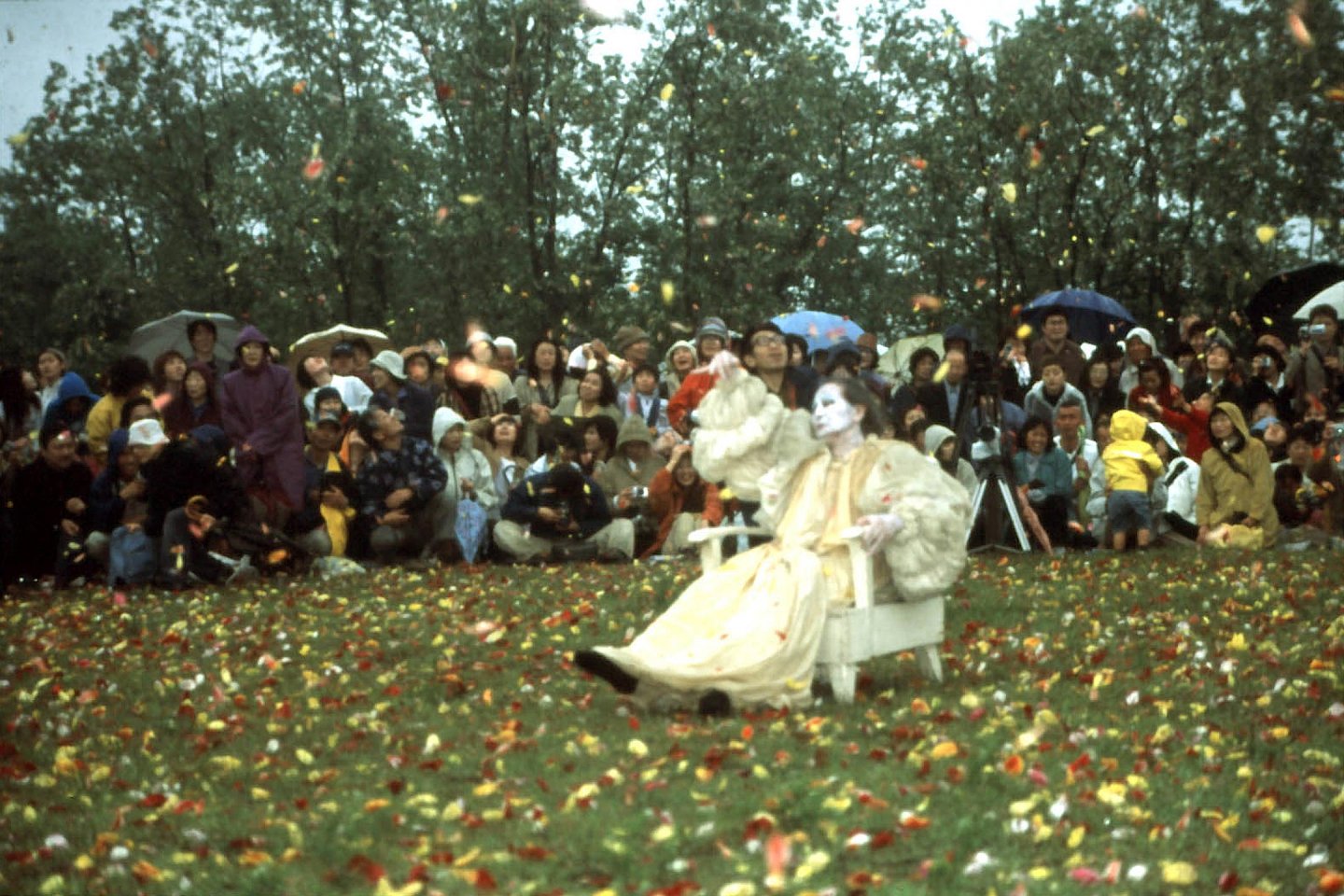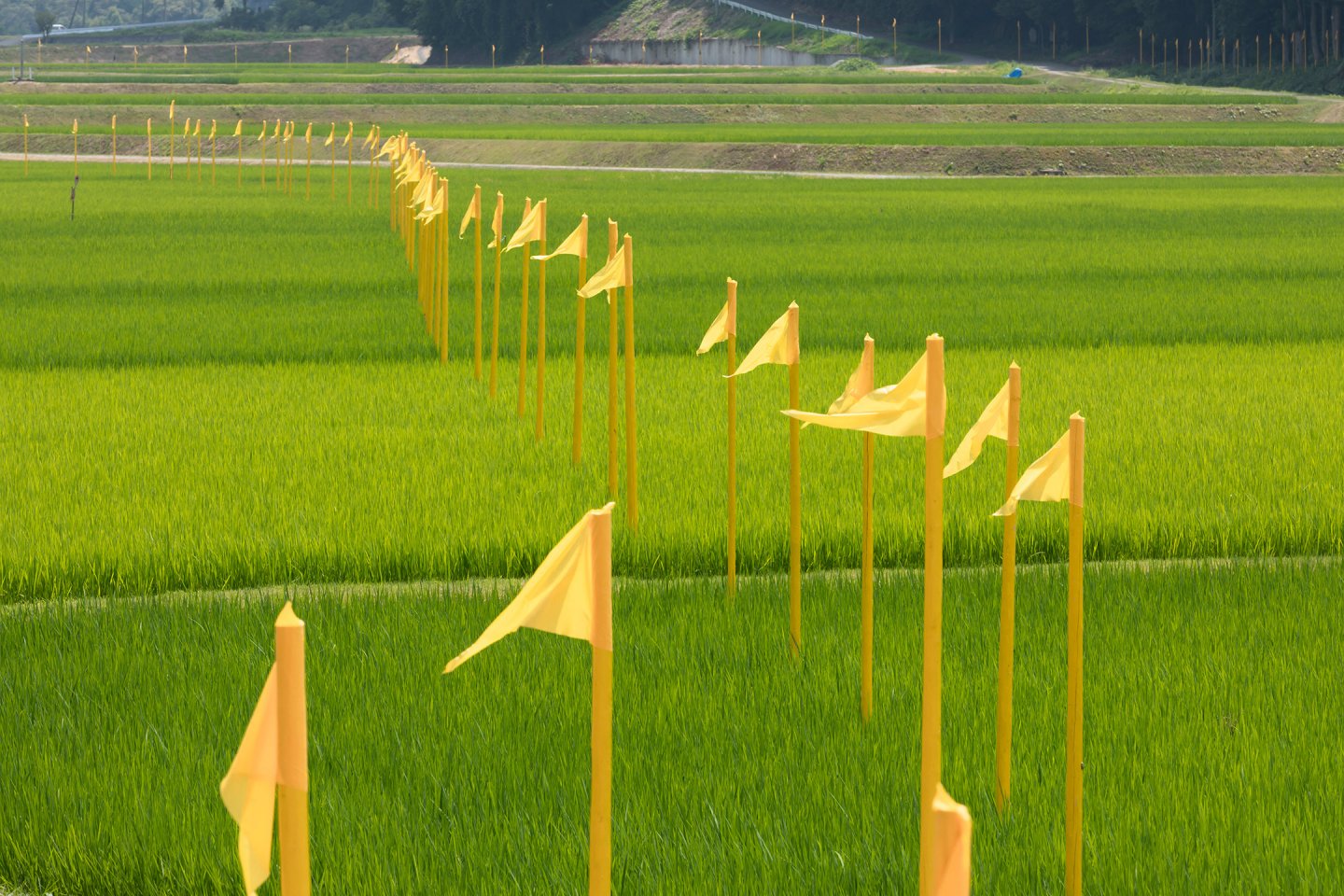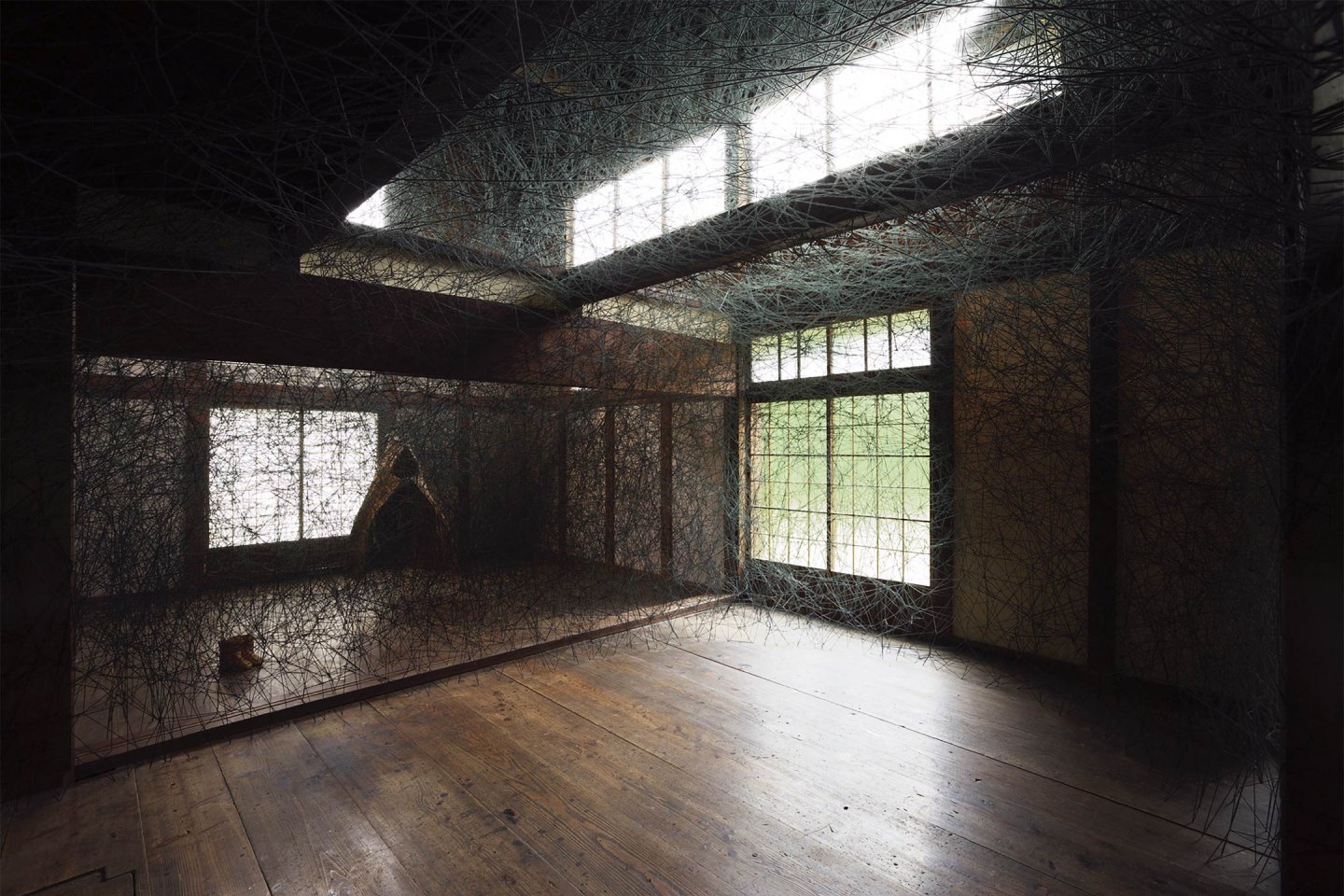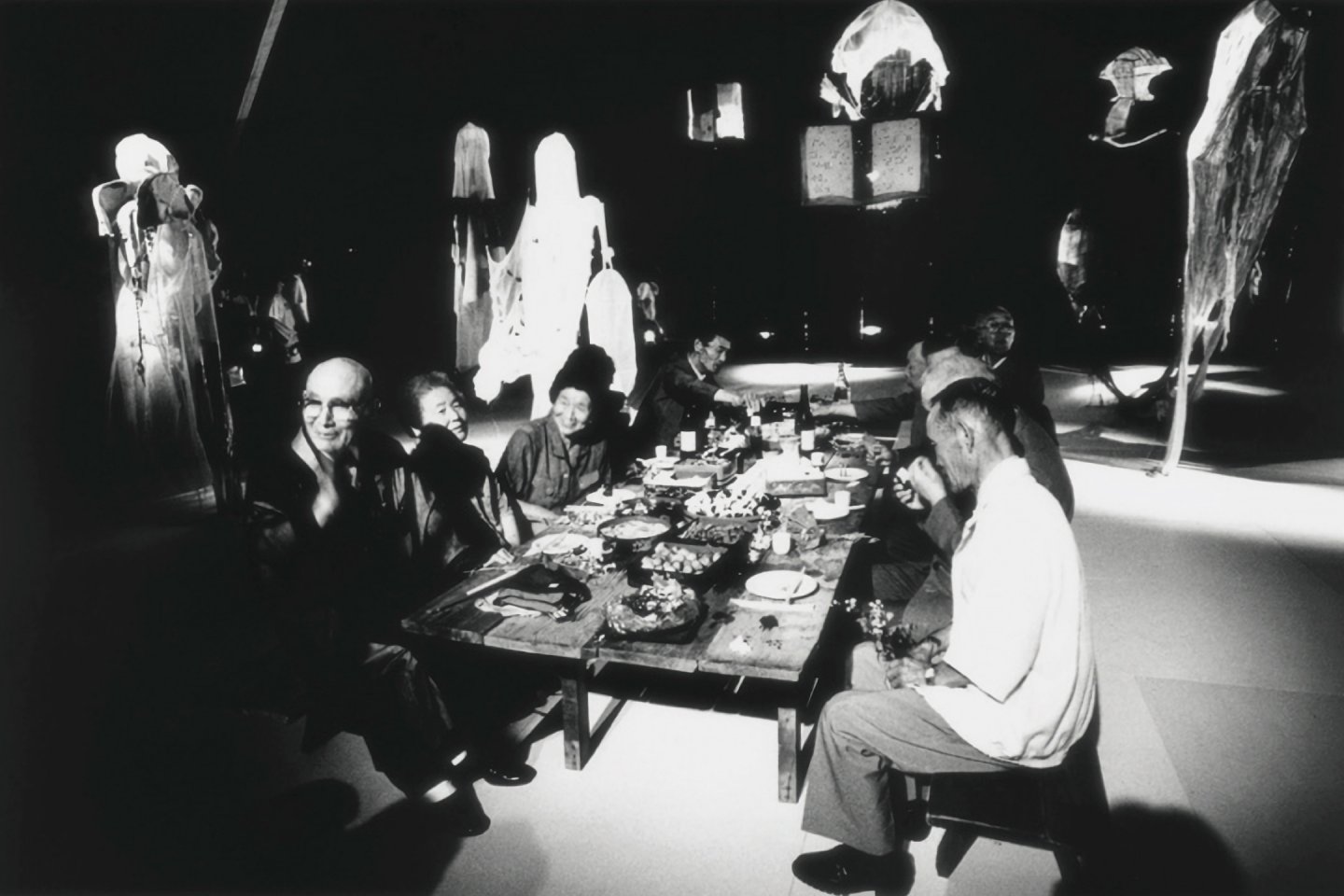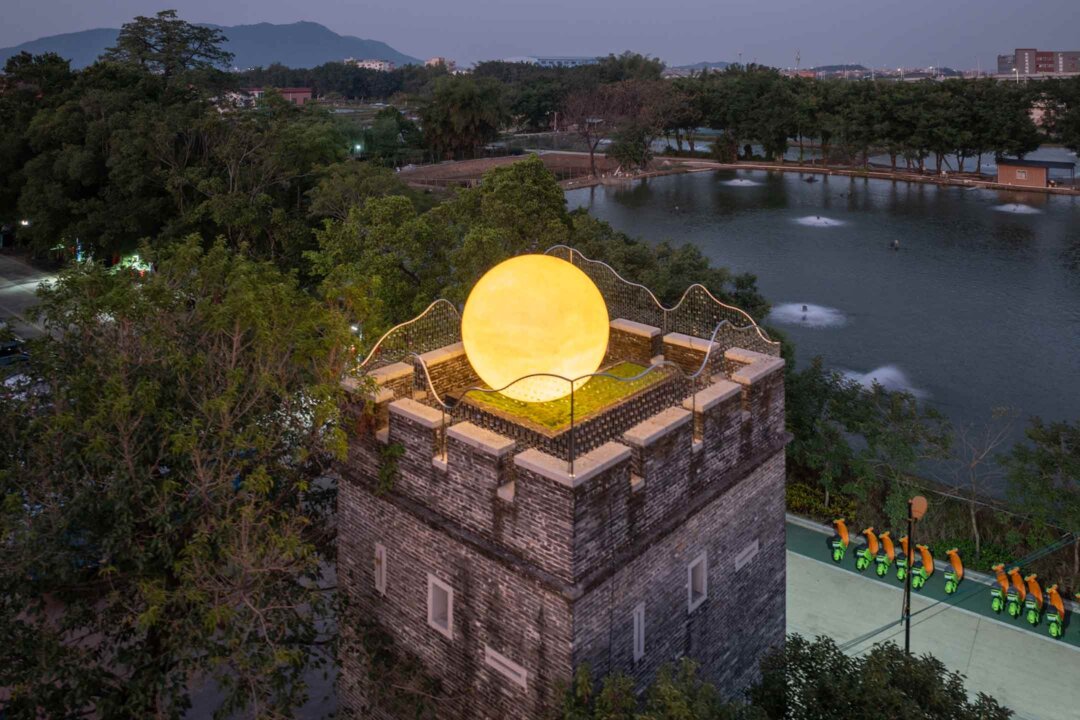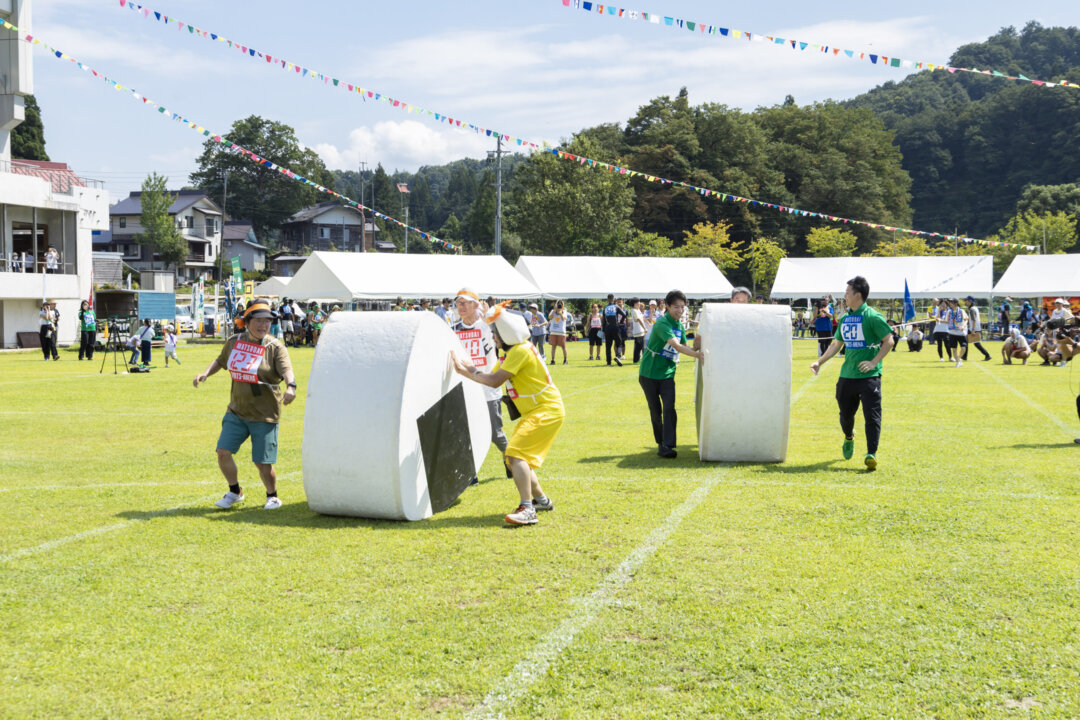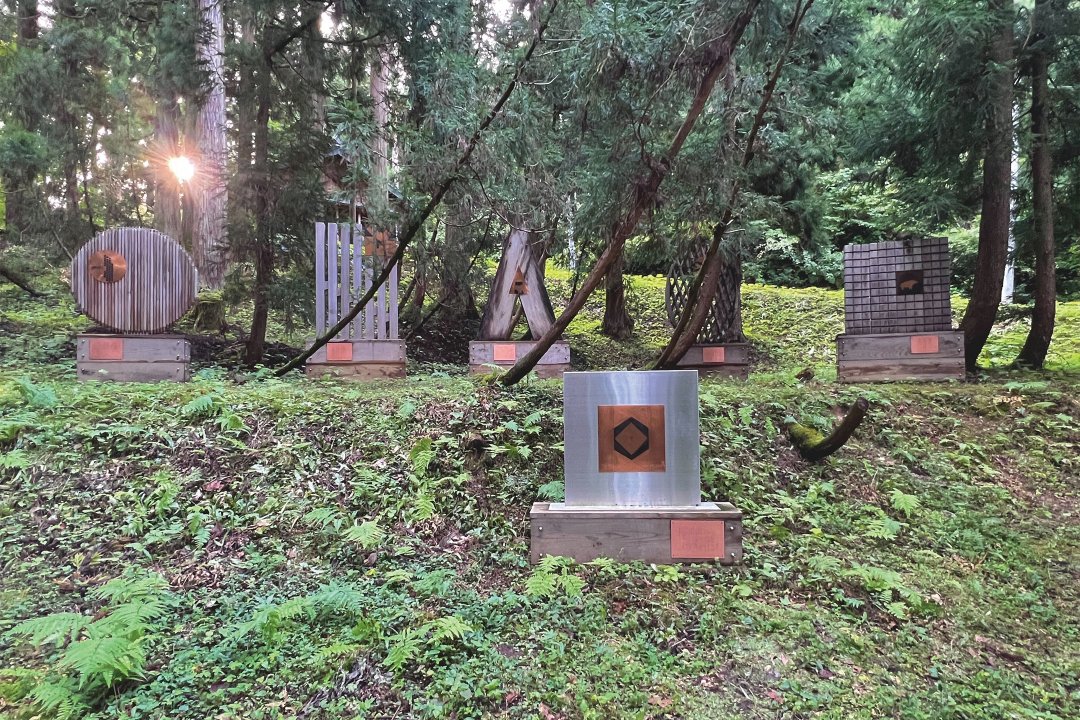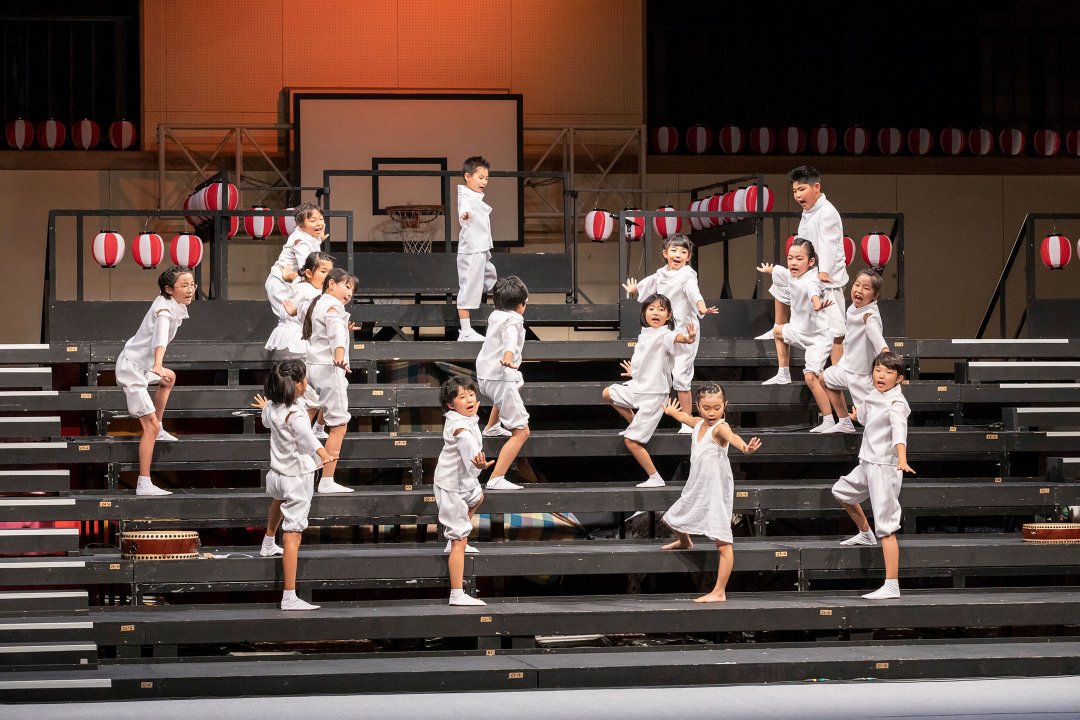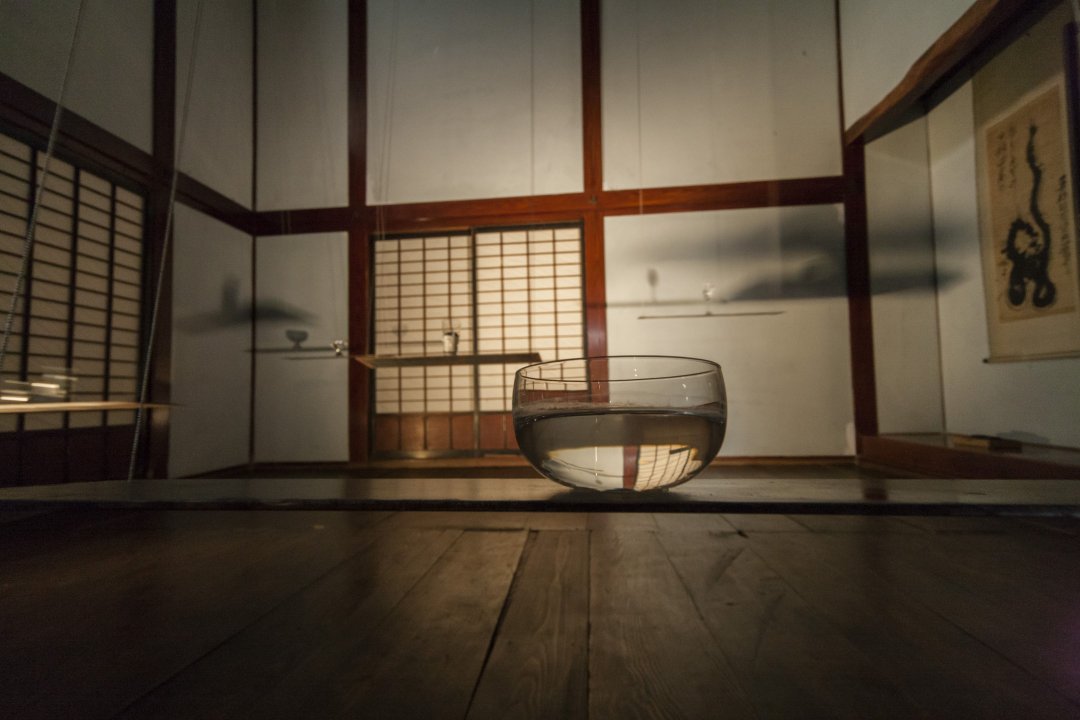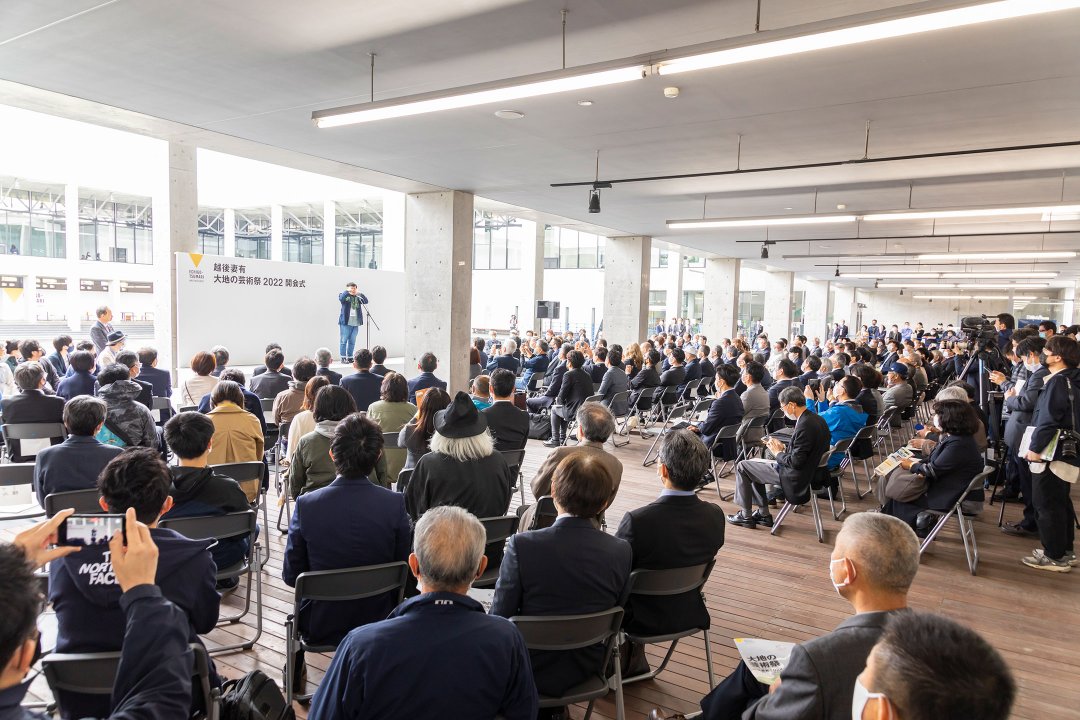Thinking 21st century art in the world from Niigata
Echigo-Tsumari Art Field - Official Web Magazine
Artwork / Marina Abramovic
“Dream House”
Artwork / Marina Abramovic
“Dream House”
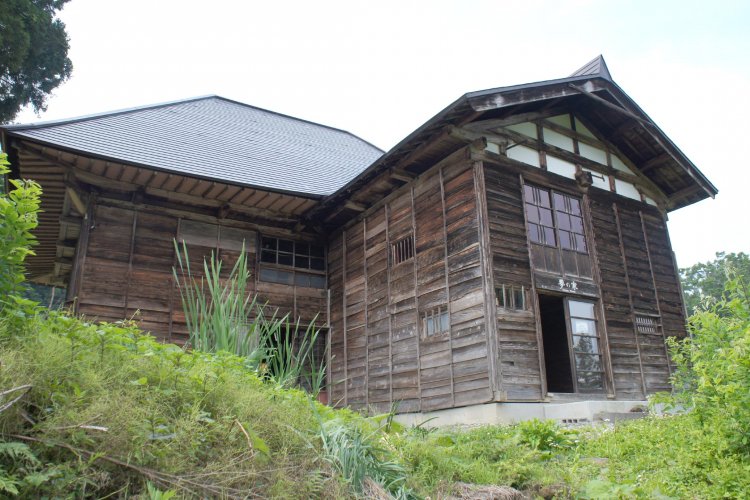
An over 100-year-old minka (house) repurposed as “artwork to stay overnight”
Text and edit by Shinichi Uchida / Photo by Nozomu Toyoshima
27 September 2019
“I would like people to dream a dream in order to face oneself” in the busy contemporary life
Uwayu village in Tokamachi-city is located in satoyama where flourished by dark and dense green during summer while completely covered with thick blanket of snow in winter. You will pass “Matsunoyama onsen” a famous onsen for its quality of water as you head towards the village. “Dream House” was created by the artist who wanted to give an opportunity for people to face themselves in this busy contemporary everyday life. It is an artwork which provides you an opportunity to stay in.
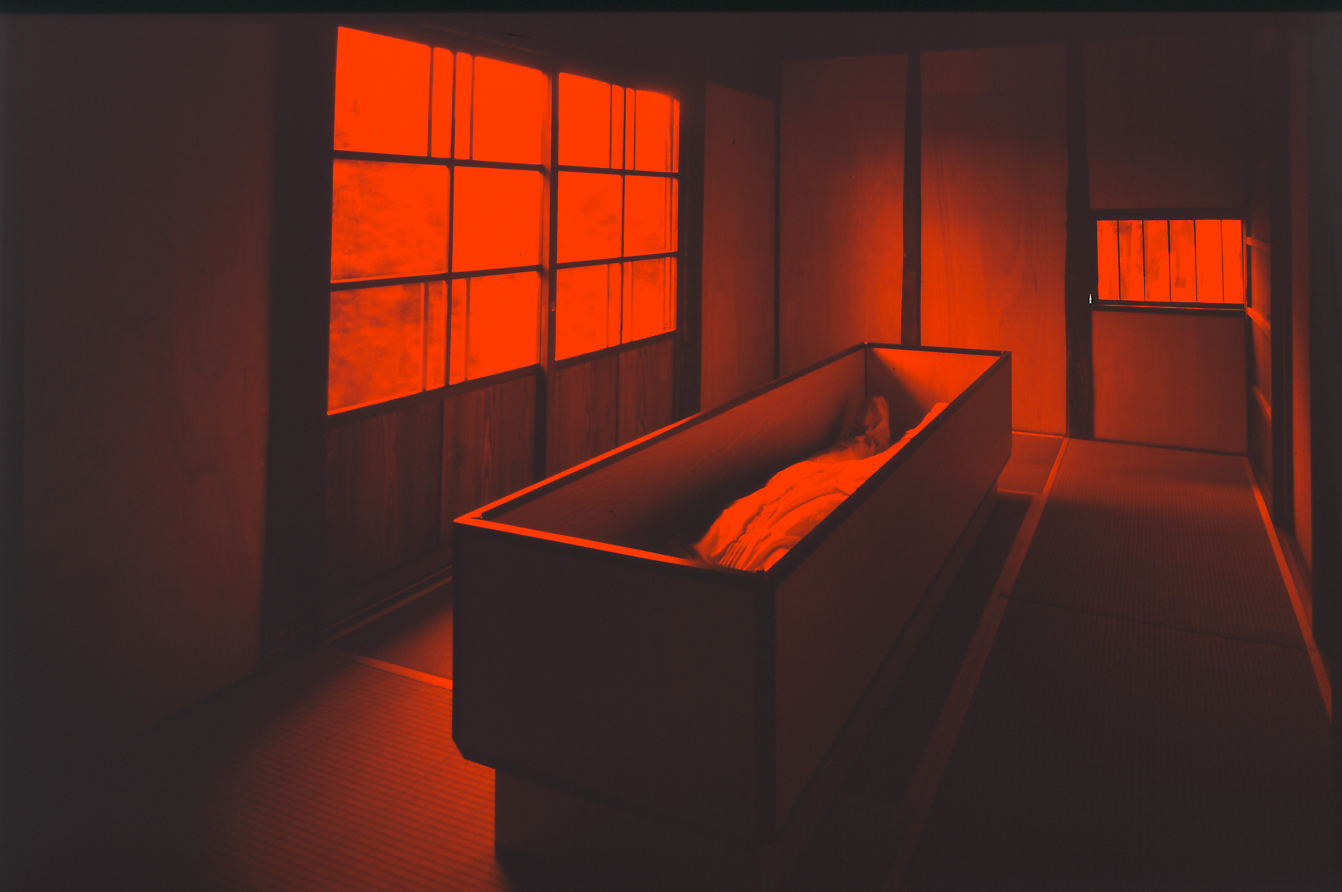
This is a red room amongst four other rooms in different colours on upper level. The bed in the centre of the room is “bed for dreaming a dream”.
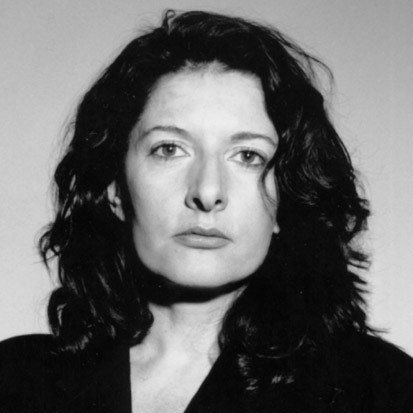
“What is important for me is that this house continues to be part of life of people living in this village and bring a new experience that would then contribute to your every day life. My “Dream Project” invites guests stayed at “Dream House” to write a dream they may had during stay in “Dream Book”. I hope that the “Dream Book” will find a position in the relationship with humans and traditions that might be disappearing gradually from our life in this busy technology era.” (at the time when the artwork is created).
“”Dream House” was created only for the festival. However, something unbelievable happened. Local people accepted the house as their own, continued to look it after as it becomes a part of the community. It was the first experience for me that the work has gone beyond the context of art and entred into the real life.” (text from “Dream House”, published in 2012).
Born in 1946, Marina Abramovic is an artist from former Yugoslavia, known internationally for her unique performing art.
The artist, Marina Abramovic is from former Yugoslavia and internationally acclaimed performance artist. Through her performance, she often pauses questions on various relations of humans. “Dream House” is popular because it is the only artwork allowing you to stay overnight by Abramovic.
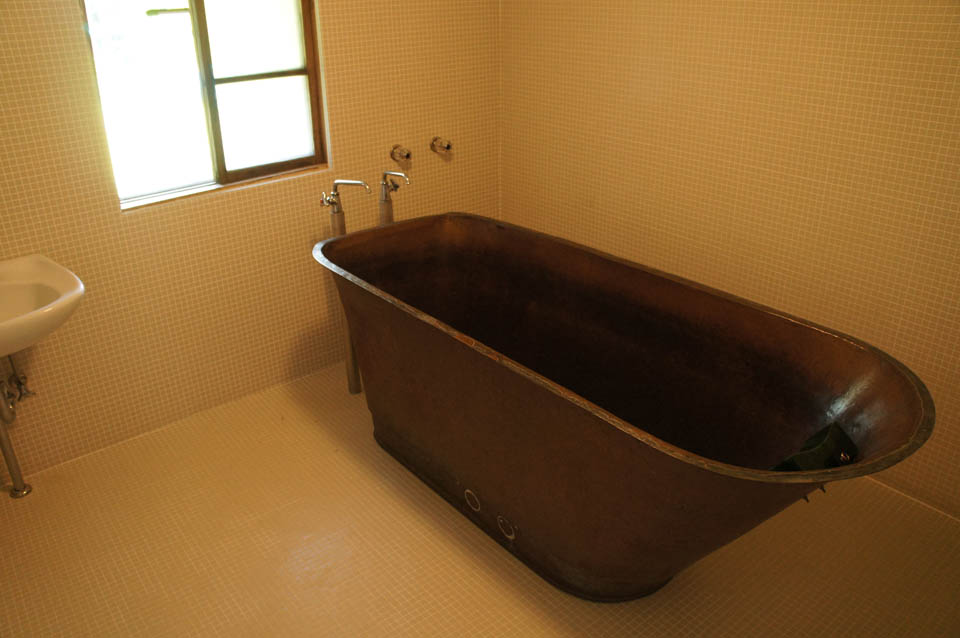
Guests take a bath with medial herbs in this copper bath tab to cleanse oneself. (photo courtesy of ETAT)
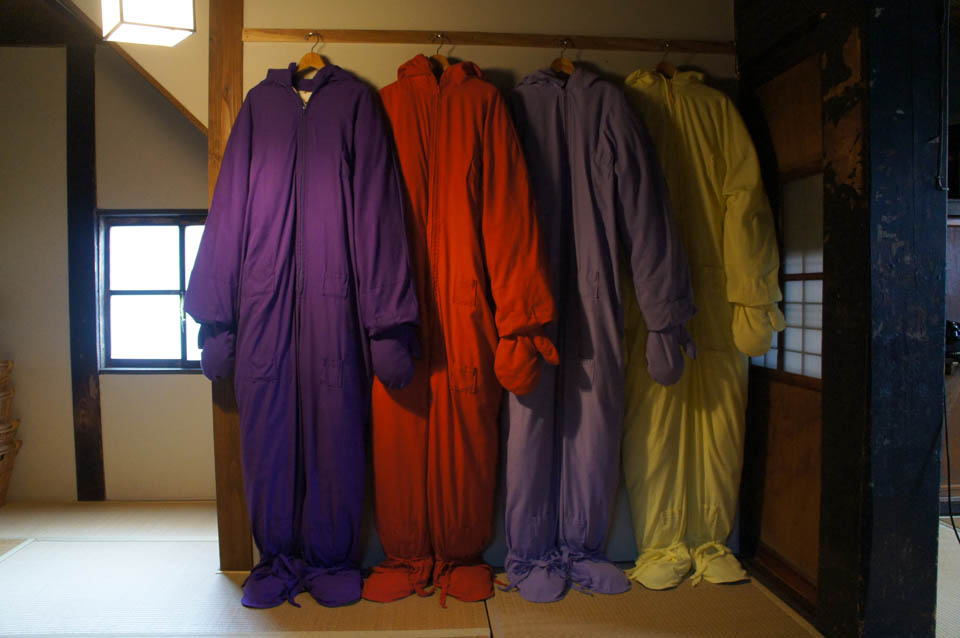
“A suite for dream a dream”, matching colour of a room you will be sleeping in. (photo courtesy of ETAT)
There are four bed rooms, red, blue, purple and green in this over 100-year-old minka house. After taking a herbal bath and cleansing body in the copper bath tab, guest changes to “a suite for dreaming a dream” (a pajama designed by the artist) which is the same colour as the room you will be sleeping in. You then lie down in the “bed for dreaming a dream” with a pillow made of obsidian and spend a calm evening while feeling the natural energy emitted from mineral.
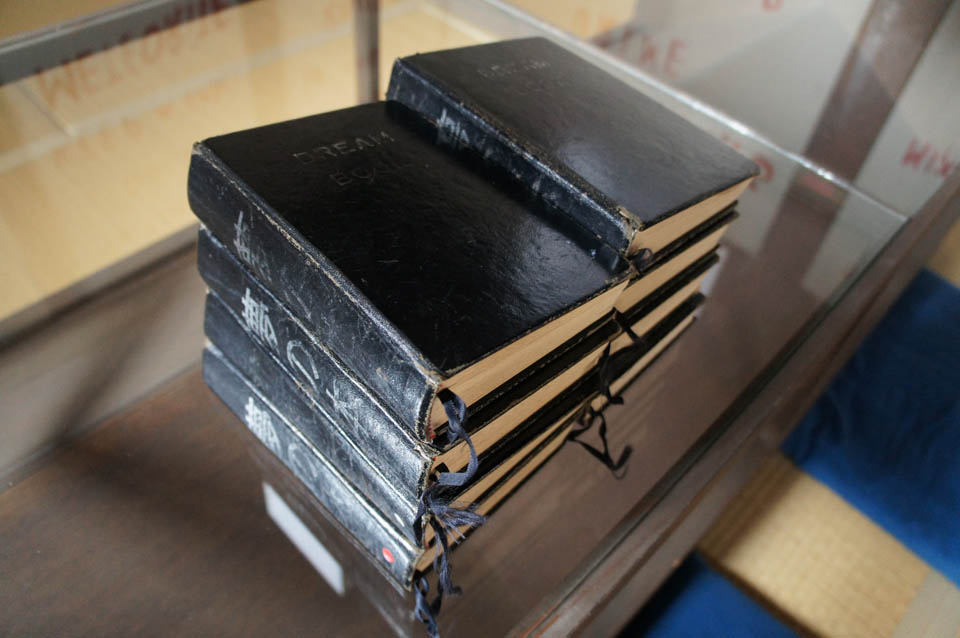
“Dream Book” has a collections of dreams written by guests. (photo courtesy of ETAT)
When leaving note on your dream in “Dream Book” in the following morning, the guest becomes a part of “Dream Project”. Here, the experience of “the guests facing to themselves” is an artwork. The western-style breakfast is provided by “Matsuya” a bread roll by a local café in Tsunan and a cup of coffee or tea, in accordance with the concept provided by the artist. There are another room “Recipe of Spirit” where messages from the artist are written all over the wall as well as “Spirit Room” where you will peek in from a small window and see pieces of furniture which were once used in the house.
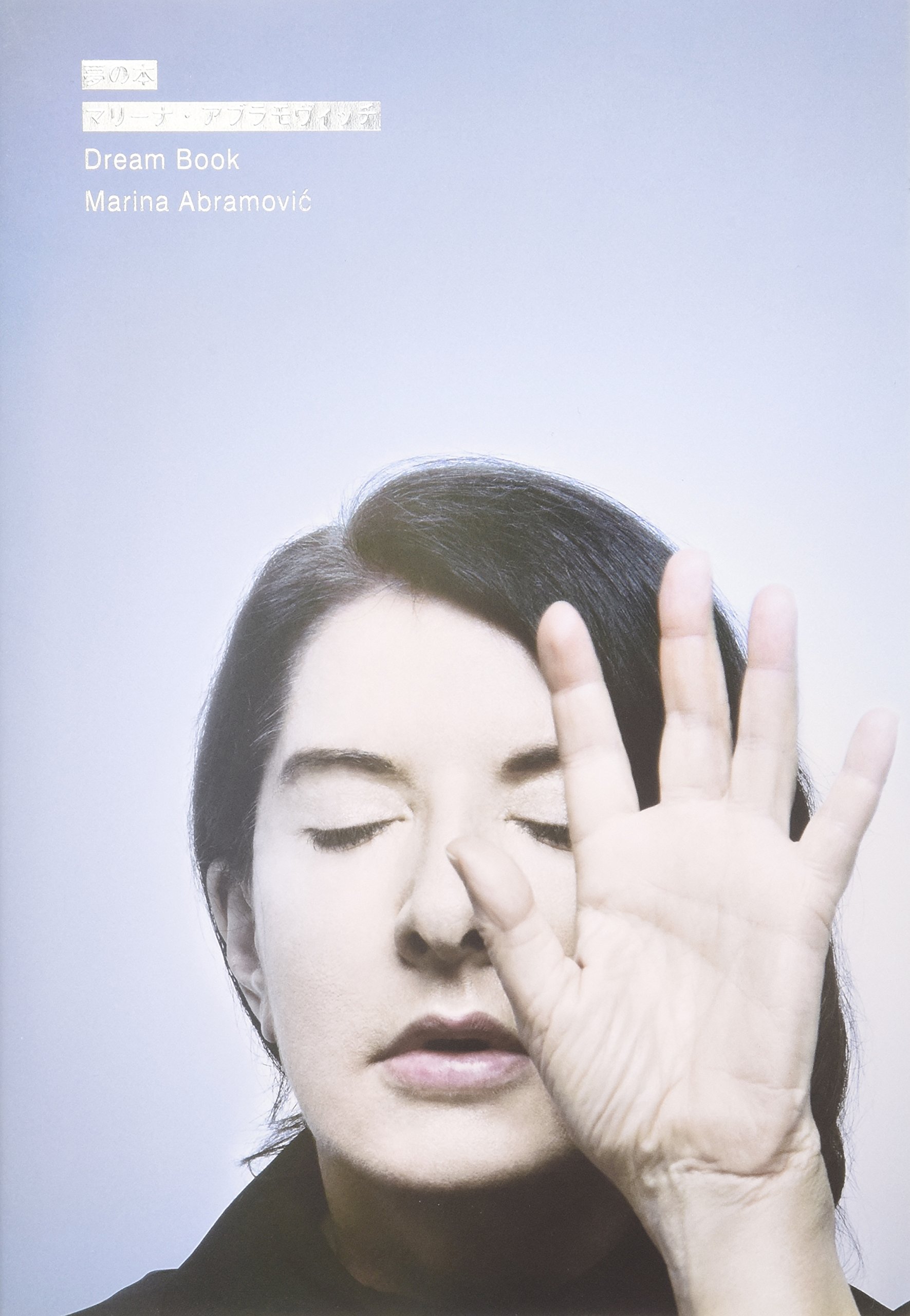
*2: “Dream Book” by Marina Abramovic
“Dream Book” was published with 100 dreams selected from 1862 dreams left written by guests stayed in Dream House over 10 years since 2000. In addition, essays by the artist, all the records of the project from the past including note and interviews of those involved with the project, and contributing essays by prominent individuals. Dreams have been kept recorded by guests at Dream House since then.
Published in June 2012 by Gendaikikakushitsu
Price JPY2000 plus tax (A5 size, 242 pages)
(Check it on Echigo-Tsumari On-line Store)

“Recipe of Spirit” on the ground floor. Messages from the artist filled up the room which was once butsuma (a room for Buddha statue).
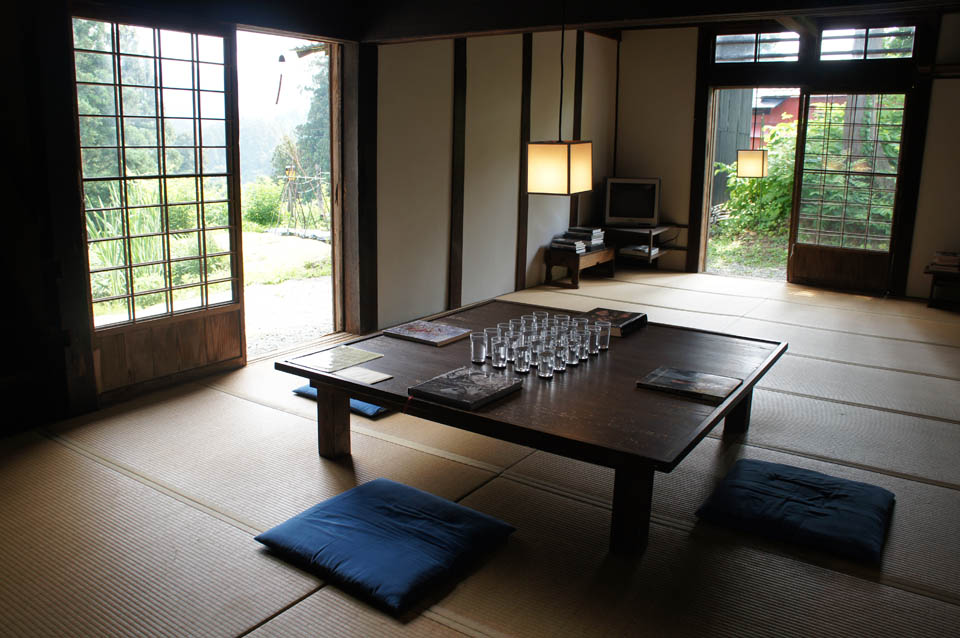
Living room. Glass cups are lined up according to the artist’s instruction. (photo courtesy of ETAT).
This village used to receive almost no visitors who had no relation to this place. At the beginning, local people were cautious about “contemporary art” and “art festival” that were too unfamiliar to themselves. However, through meeting with “kohebi”, a group of volunteers who helped clean the house and operate the Dream House, local people gradually began to appreciate the project. Now it is local people is in charge and they welcome guests as “manager” of the house. In addition, there have been other artworks created in this village after the completion of “Dream House”. (*3:Other artworks in the Uwayu village)

Uwayu village has “Elixir” by Janet Lawrence – which is like a plant museum occupying the traditional wooden warehouse while combining the tradition of herbology of this region with contemporary art. It is also like a bar where you can try a glass of juice called “elixir” made from local plants being pickled in Shochu for a while. Please check opening dates and hours before your visit to make sure you will be able to experience those.
“Elixir” by Janet Lawrence
I wouldn’t say “I understand art!” but I do feel the power of artworks.
Emiko Takahashi, Sachiko Murayama, Masako Takasawa (Manager of “Dream House” in Uwayu village)
I have been engaged with ETAT since its first iteration in 2000. “Dream House” is significant in the way it has been managed for all those years. It often made me realise of beauty of artworks as well as the charm of a village I live in. The artwork was severely damaged by the Northern Nagano Prefecture Earthquake in 2011 and I almost thought that “This is it. We have to accept that it had finished”. However, when I heard from the festival committee that their strong determination to keep the house, I changed my thinking as I realised how the house has become important existence over years. (Takahashi)
What had soften the attitude of local people who were very cautious was how Kohebi, volunteers, engaged with them. Started from the cleaning of the house, they said “hello” whenever we met in the village and we therefore gave them vegetables. At the beginning when they said that “green is so deep here”, I only though “it is nothing special”. However, we gradually nurtured our relationship as they helped us with farming as well as participated in performing for harvest festival. (Takahashi)
When people from the festival came for the first time, I was concerned they might be related to the topical (then) new religion. The bed room was burning read and I had nothing to do with contemporary art. I wouldn’t say I appreciate art neither. However, when I see the old house is lit up again and receives visitors which contributed to improve the access to the village, I feel the artwork has definitely a power. When young people who were once volunteer return with their own children, I feel like my daughter has come back with my grandchild. (Murayama)
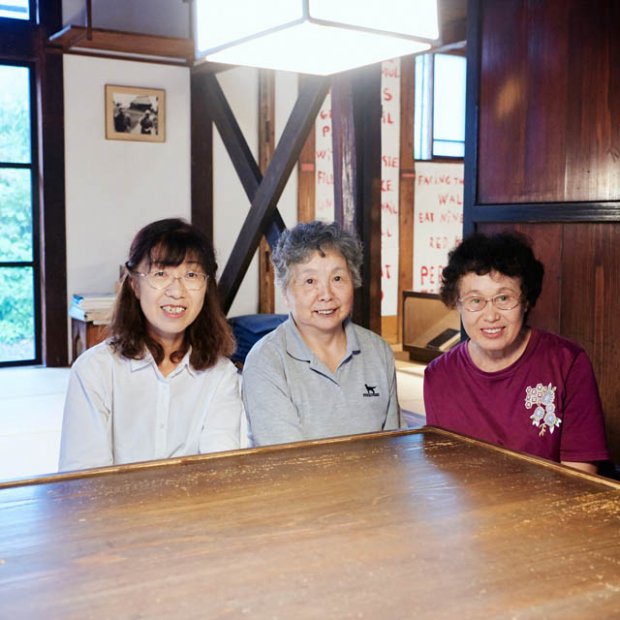
Profile
Emiko Takahashi, Sachiko Murayama, Masako Takasawa
Manager of “Dream House” at Uwayu Village. Working as a manager, they are all residents of the village and help welcome the guests, hand the key, and explain how to use the facility.
I wouldn’t say “I understand art!” but I do feel the power of artworks.
Emiko Takahashi, Sachiko Murayama, Masako Takasawa (Manager of “Dream House” in
Uwayu village)
One of the iconic artworks of the ETAT which is where “the abandoned house project” began.
Fram Kitagawa, editor-in-chief of “Art is born from the earth” / General Director of ETAT
“Dream House” which was born in the first iteration of ETAT in 2000 is the origin of “the abandoned house project” which became one of the iconic initiatives of this art festival. While Echigo-Tsumari is flourished by rich satoyama culture, the number of abandoned houses and buildings used for limited durations have been on increase due to the ageing and depopulation.
When developing the idea for her artwork, Marina Abramovic chose one of these abandoned houses and created “an artwork for staying overnight”. It brought a new life to this house and created alternative exchange in the village. It was a significant change for the festival that the local people took over the “manager” role later on.
“Dream House” was severely damaged by the earthquake which hit this region on 12 March 2011. We had to close it to the public for a while which put us at the crossroads. However, when we showed our commitment to keep the Dream House, local people looked after this damaged house from the heavy snowfall. After the major restoration by hanging the structure by a construction crane while installing the new concrete base, the Dream House reopened its door in 2012 and keeps welcoming visitors to the present.

Profile
Fram Kitagawa
Editor-in-chief “art begins from the earth” / General Director, Echigo-Tsumari Art Triennale An art director, born in 1946 in Takada-city (presently called Joetsu-city) in Niigata. He has been engaged with Echigo-Tsumari Art Triennale as its General Director, launched in 2000, and also its planning phase prior to the launch. Editor-in-chief of this web magazine.
One of the iconic artworks of the ETAT which is where “the abandoned house project”
began.
Fram Kitagawa, editor-in-chief of “Art is born from the earth” / General Director of ETAT
About the artwork
“Dream House” by Marina Abramovic
Year of production: 2000
Address: 643 Yumoto, Matsunoyama, Tokamachi-city, Niigata
How to experience: You can visit the artwork or book to stay overnight. Please visit the official website for opening dates and hours.





